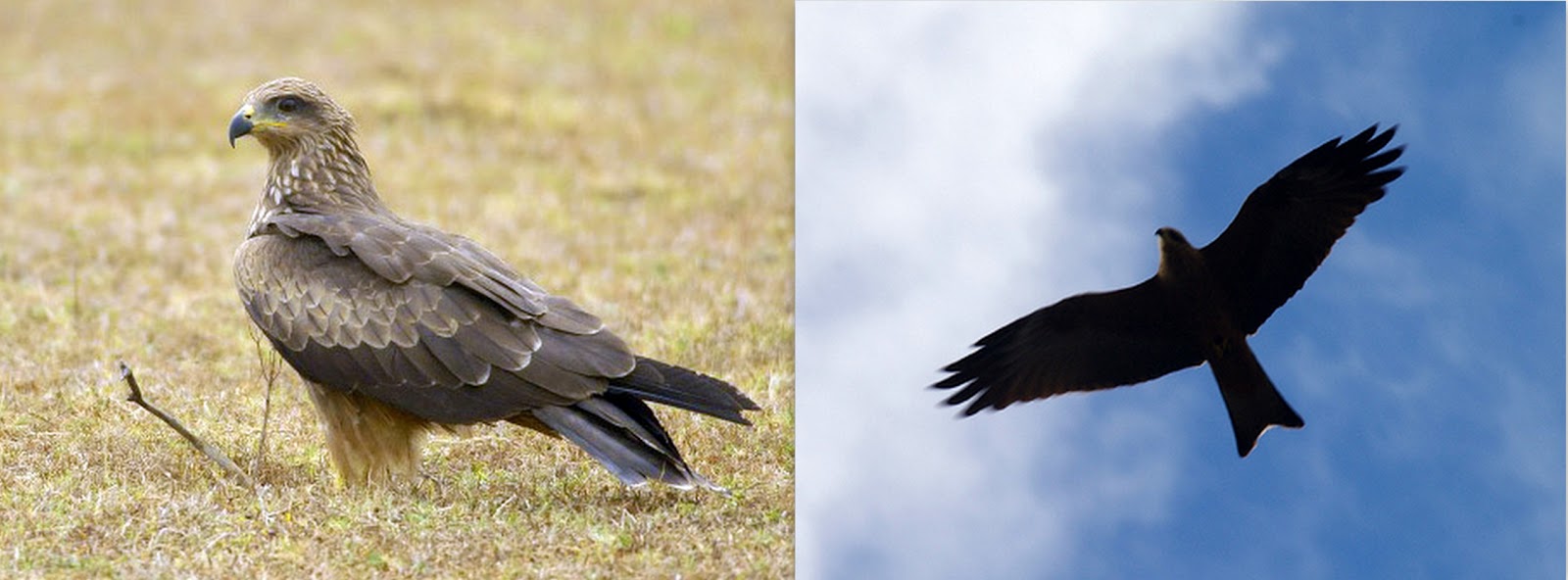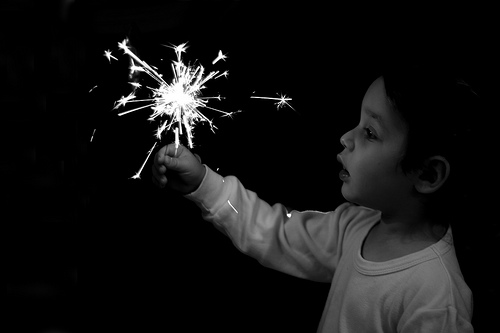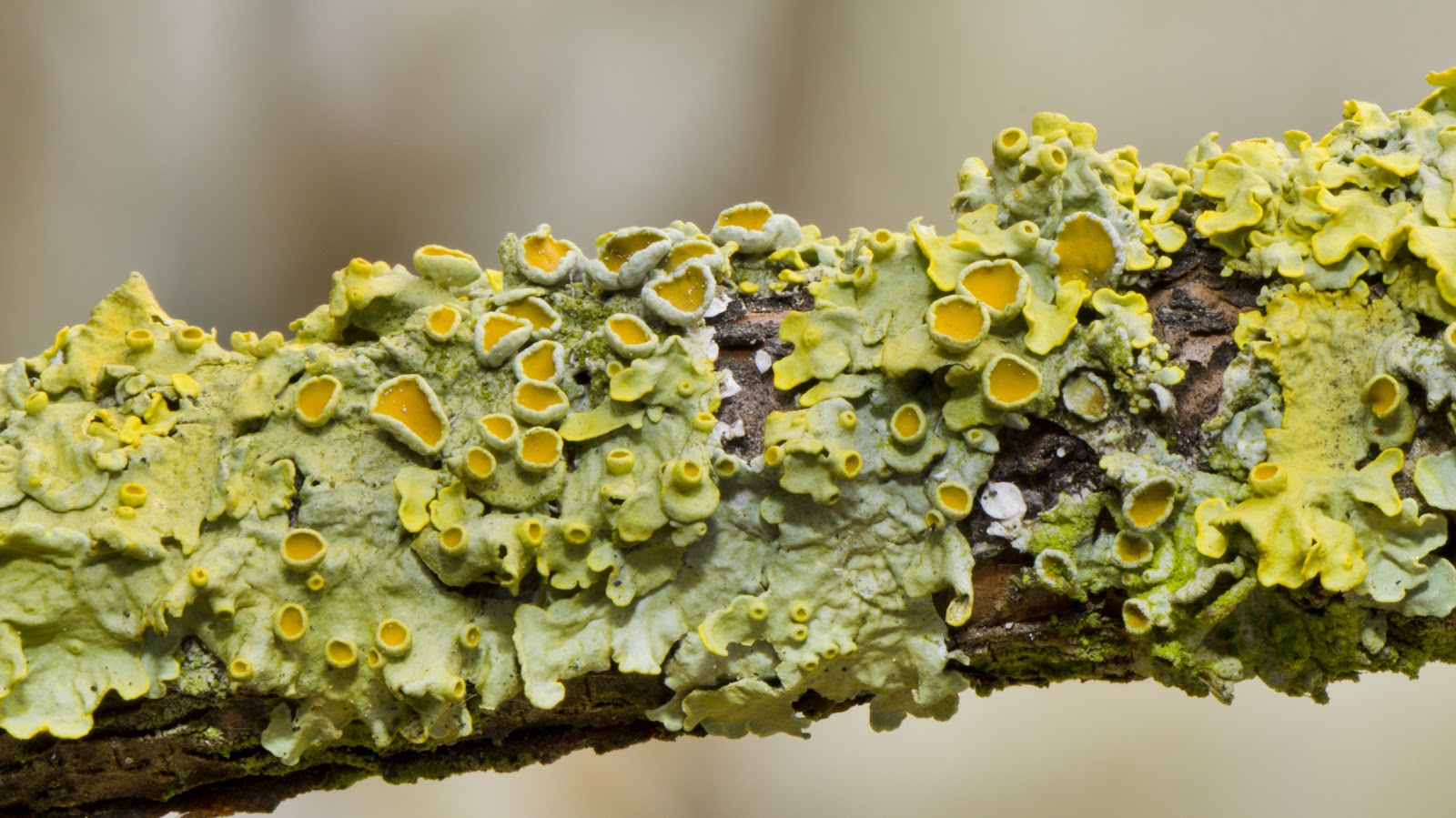Urban Birds of Prey (Part II)

Let's have a look at some more raptors that can be seen in our city. White-bellied Sea Eagle ( Haliaeetus leucogaster ) The magnificent White-bellied Sea Eagle ( Haliaeetus leucogaster ) is an opportunistic carnivore with a diet that includes fish, turtles, sea snakes, birds and mammals. It is also monogamous., i.e. a pair remain together until one bird dies, after which the surviving bird quickly seeks a new mate. Mumbai's coastal areas would be the best place to observe this bird. Oriental Honey Buzzard ( Pernis ptilorhynchus) The Oriental Honey Buzzard ( Pernis ptilorhynchus) is a bird of prey from the family Accipitridae . It has a long neck with a relatively small head (resembling the pigeon), making it appear quite distinct from other raptors. It is called the Honey Buzzard as it is known to feed on comb, larvae, pupae and adult forms of bees and wasps. It's diet also includes other insects, reptiles, amphibians, birds an...


